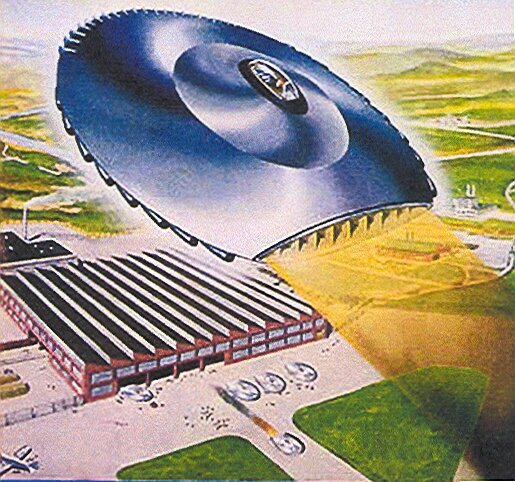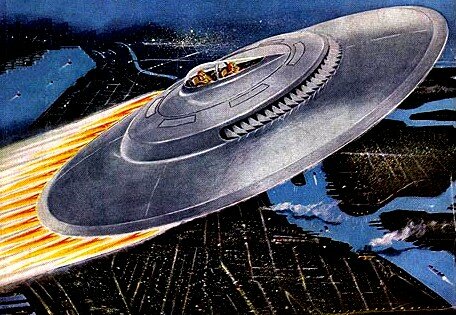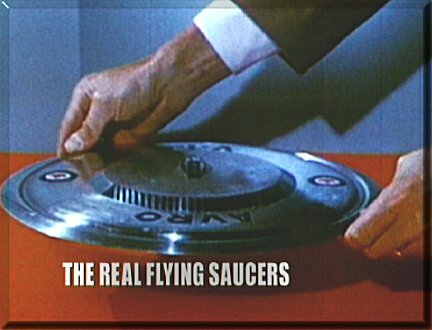Yeah a lot of fuss is made about "Black friday" but the program was essentially over by September 1958, with the ambiguous document you mention.
Again, what killed the Arrow wasn't any cost overruns or failure in the airframe and engines: they were perfectly fine. World-class: analog FBW akin to a Mirage 2000 twenty years ahead; as for the Iroquois, it was more than a match for J75, Olympus, and others - except the Canadians - Orenda - had started mostly from scratch.
The real, huge, mistakes were related to the radar & missiles. There, the Arrow was headed into a brickwall since 1956.
-The Sparrow II atempt at creating an AMRAAM 30 years before the date was doomed, K-band hated any sort of atmospheric water, which on planet Earth is definitively everywhere.
-As for RCA & Astra, it was a disaster in the making, too expensive and ambitious, partially because of RCAF blue-sky requirements.
-Bad luck for Avro Canada: by the late 1950's the avionics / radar / missile area was fast becoming the most expensive bit of any fighter aircraft, way beyond airframe / engine - the latter had no real issue as far as the Arrow was concerned. It had started with the F-89 Scorpion and the trend carries on to this day (stealth added its own complexities and expenses, TBH).
What is really infuriating is that, before 1956 AND after September 1958 (but too late) common sense prevailed: the Arrow back then was to have a F-106 radar and Falcon missiles. Whatever the flaws in that system, it had two big advantages
- it was paid by the Americans and proved to work: "off the shelves" as they say
- because of the above, it may have "anchored" the Arrow to NORAD as the F-101B & BOMARC did for the RCAF after 1961. "Hey look we are using the same systems as Uncle Sam".
Again, what killed the Arrow wasn't any cost overruns or failure in the airframe and engines: they were perfectly fine. World-class: analog FBW akin to a Mirage 2000 twenty years ahead; as for the Iroquois, it was more than a match for J75, Olympus, and others - except the Canadians - Orenda - had started mostly from scratch.
The real, huge, mistakes were related to the radar & missiles. There, the Arrow was headed into a brickwall since 1956.
-The Sparrow II atempt at creating an AMRAAM 30 years before the date was doomed, K-band hated any sort of atmospheric water, which on planet Earth is definitively everywhere.
-As for RCA & Astra, it was a disaster in the making, too expensive and ambitious, partially because of RCAF blue-sky requirements.
-Bad luck for Avro Canada: by the late 1950's the avionics / radar / missile area was fast becoming the most expensive bit of any fighter aircraft, way beyond airframe / engine - the latter had no real issue as far as the Arrow was concerned. It had started with the F-89 Scorpion and the trend carries on to this day (stealth added its own complexities and expenses, TBH).
What is really infuriating is that, before 1956 AND after September 1958 (but too late) common sense prevailed: the Arrow back then was to have a F-106 radar and Falcon missiles. Whatever the flaws in that system, it had two big advantages
- it was paid by the Americans and proved to work: "off the shelves" as they say
- because of the above, it may have "anchored" the Arrow to NORAD as the F-101B & BOMARC did for the RCAF after 1961. "Hey look we are using the same systems as Uncle Sam".
Last edited:









